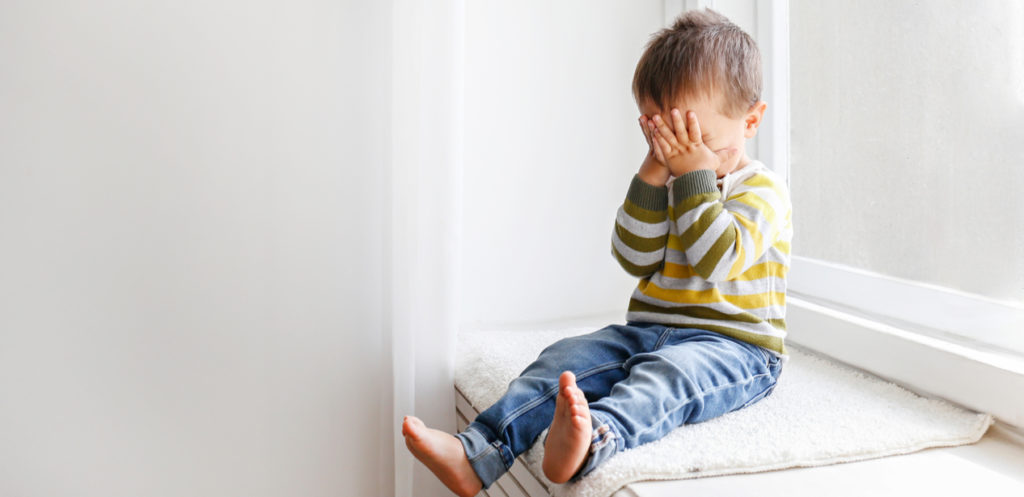I can’t think of something that can get under a parent’s skin like their child’s tantrum waves. Whether it happens at home or in public, the underlying feelings are usually the same. Frustration, irritation, anger perhaps, and maybe even shame.
Having three boys under the age of three, I get my fair share of tantrums waves from each of them. I used to find myself caught in a loop; tantrums start, annoyance within me begins, and the tantrums amplify. It felt like I was adding fuel to the fire regardless of what I tried to do. Until one day, I decided to do something differently as I realized the current situation is neither sustainable nor healthy.
Aware that no one (including the kids) want to feel frustrated or upset, I started observing the environment around us when tantrum waves takes place. I would go through a mental checklist of questions I would ask myself to guide the next step:
How am I feeling? (Tired, unwell, stressed, relaxed, etc.)
This part could get a bit tricky; we want to help comfort our child but sometimes we can’t do that when we need some comforting ourselves.
Most of the time, I am unable to step away for a few minutes to work through my own emotions. So, I acknowledge how I am feeling, promise myself to come back to this moment and work on my feelings. I pause, take a deep breath, and express that I too sometimes feel frustrated or upset and lastly, I shift my focus to the next question on the list.
In that process I make a conscious decision to speak kindly to myself as I express how I am feeling. “I am feeling tired from the long day I had, and the tantrum right now is not helping. I am a human being before being a mother; my emotions are valid, and it is okay to feel frustrated at times.” I take a few deep breaths as I comfort myself, and before I know it, I have enough energy to deal with the tantrum waves.
How is my child feeling? (Tired, unwell, sleepy, happy, etc.)
This is the core of how I work through a tantrum. I adjust it as the situation needs to, but almost all the time this is the method I follow at home.
If my child is not feeling their usual selves, I would calmly sit by their side, find a quieter space to be, and comfort them as the tantrum passes with hugs if they allow me, or a gentle rub on their back. In the process I acknowledge their feelings and express what I observe about them and/or the situation. Such as “I can see you are feeling upset because you want the blue spoon. Your brother chose it first, we do have other colors if you want to pick something else.”
As the tantrum passes, I ask them if there is anything I can do to help them. If the answer is yes, I ask them to also be involved in the solution and point out how with a clear mind, we can solve the difficult situations we face. If the answer is no, I check in to see if they are ready to go back to the group setting or previous activity.
What happened right before the tantrum? (An activity transition, their toy was taken from them, etc.)
If there has been a relatively major moment (in my kid’s eyes) right before the tantrum, I follow the points mentioned above in addition to explaining what or why this happened.
If we transitioned from watching TV to having lunch and a tantrum began; I would calmly sit by their side, comfort them, and as they calm down, I explain why the transition happened. We thank the TV for the entertainment and the fun, then head to the table for lunch.
If one of their siblings or friends has taken the toy they are playing with, I would also sit by their side, comfort them, and acknowledge how they are feeling right now because of the situation. Lastly, I would offer them two alternatives of toys to play with while we wait for our turn again.
Is the space overstimulating? (Is it too loud, too much happening at once, etc.)
One thing I have noticed, combining an overstimulated space with children, is not always fun. If my child has tantrum waves because the space is overstimulating, whether we are at home or out somewhere, I start by carrying them to a quieter space (preferably where we can be alone). I would comfort them with hugs, validate their feelings, and have small talk as they transition out of the tantrum. I reassure them that we can stay here as long as needed and that we will only leave once they feel comfortable and ready.
It was not easy getting to a stage where we realize tantrums are simply waves of emotions passing through our day and not purposeful annoyance from the child. Getting to this state required continuously looking inwards to understand the reasons behind my emotions. Looking inwards can be more difficult than the tantrum itself, yet so very empowering and rewarding.






